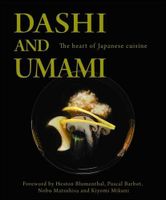Advertisement
How niboshi are made
As explained in the preceding pages, a number of different small fish, some mature and some immature specimens of larger fish, can be used to create niboshi. These are caught and processed in various parts of Japan, so, unlike some of the other main dashi ingredients, there is no true centre of harvesting or production.
The production process of niboshi serves not only to preserve the fish, but also to concentrate and deepen their flavour, which, in comparison with katsuo and other fushi, is decidedly robust with strong fishy overtones. The most common method of production is to boil the fish for a short time in water that contains equal quantities of salt and sea water. The addition of salt prevents the niboshi from deteriorating later. The fish can also be grilled, instead of boiling, before drying, in which case the correct term for them is yakiboshi. Specimens prepared in this way result in a fuller tasting dashi.

